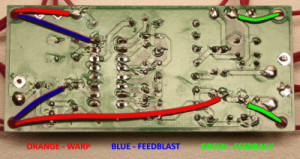The BeatHawk iPad app has been hotly anticipated for some time now. With powerful step sequencing, easy to use sample recording and editing, song arrangement, fx and more. BeatHawk from UVI boasts and intuitive workflow that lends it self greatly to instant hands on creation of beats while on the go or in the studio.
BeatHawk offers full support for CoreMIDI, Inter-App Audio, AudioBus, Audio Copy and WIST allowing you to create with your favorite tools in whatever way you like. Play your tracks with an external MIDI keyboard or sequence them over Wi-Fi from your computer. If you want to wrap up a track in your favorite DAW just export the stems or MIDI files, it couldn’t be simpler.







